Stem Wall Design In Cold Climate
Hoping to get some feedback. The background is that the project will be in Northern Wisconsin where it can get very cold in winter and typically lots of snow. Plan is to either a monolithic slab or stem walls for a cabin construction project – the later which I prefer. The soil conditions are all sand. I have attached two diagrams – one for floating slab (more common) and the other tying the slab to the stem walls (less common). The plan is for in-floor heat. Objectives are to get some elevation (to be able to place a deck vs walking out to a concrete slab), drainage / snow protection, structural integrity, and insulation quality for frost protection / in-floor heat.
Questions are:
1) Floating vs Non-Floating Design Opinions Per Diagrams
2) The diagrams in general – any changes needed based on objectives
Appreciate the input.
Thanks.
GBA Detail Library
A collection of one thousand construction details organized by climate and house part
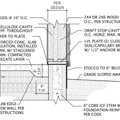
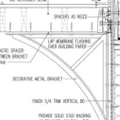

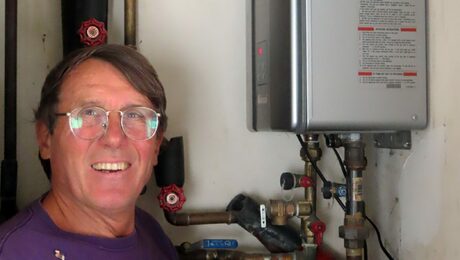
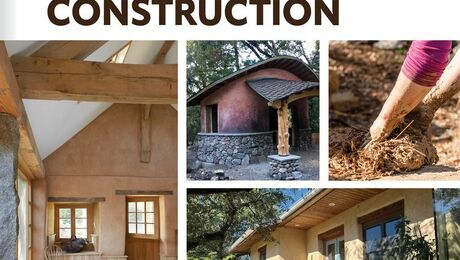

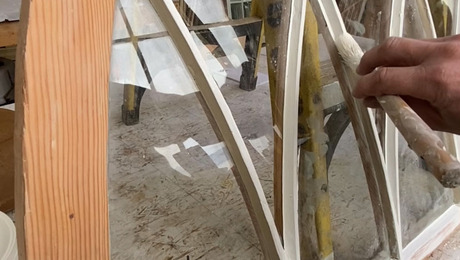
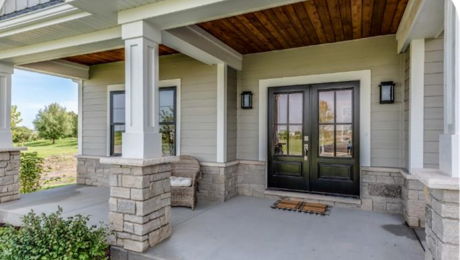
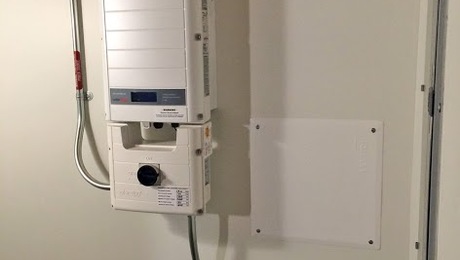
Replies
radllc,
Unfortunately your attachments do not show up.
Thanks. I see them but I have added them as files.
Radlle,
Even in our temperate PNW, our code requires slab-edge insulation. Without it there is just too large a thermal bridge. An alternative is insulating on the exterior of the stem-walls.
I would omit the insulation on the interior of the stem-wall and use more under the slab if you need it.
I would also not connect the slab to the foundation walls, unless there is some compelling reason (like expansive soils) to do so.
Are you using the slab as the finished floor? Both of these end up with something ugly at the edges of a 2x8 wall.
There will be finished materials over all the floors, but I understand your point on the method of connecting the slab to the stem wall where the insulation is exposed near the wall edge - especially if you need to put a tack strip down for carpeting. I was trying to avoid placing insulation on the outside of the building as the slab will be above final grade. I suppose I could put some membrane over that area of the foundation where the insulation is exposed above grade.
radlle,
The two most common ways to hide the slab-edge insulation are to either overhang the sill-plate on the interior of your stem-wall, or cut the top of that insulation at 45 degrees.
If you do the first, run it by your building inspector to see if they will approve not have full bearing for the wall above. If you choose the second, make sure they are fine with the reduced R-value the bevel on the insulation yields.
As far as the connection to the stem wall, the soil in that part of the country is pretty much all sand, so I probably can leave the slab as floating.
I am surprised that in Northern Wisconsin you can build a home without a basement. Where does your water and sewer lines come in at?
I updated the diagram per feedback here. Removed the interior stem wall insulation (and added to exterior) and added a concrete expansion joint. Went to R15 / 3" insulation to support radiant heating. Added insulation to the exterior, to a ~4' depth plus insulation protective flashing. To the question on depth of plumbing / sewer. It is typically brought in below the frost line and then up through the interior of the building.
Are you only using 2x6 walls with no exterior insulation?
Current plan is 2 x 6 walls with an internal spray foam seal coating followed by insulation batts. The cabin will probably be used maybe 2 times during the winter but will be heated all the time with the radiant heat (and turned up at least a day before coming up).
You might consider using exterior insulation as the cost will probably be cheaper than spf and it will plane out nicer with your exterior slab insulation. People make a big deal out of trimming out and detailing exterior insulation but if you just spend a few hours coming up with solutions/ looking at others details it is not hard.
Deleted